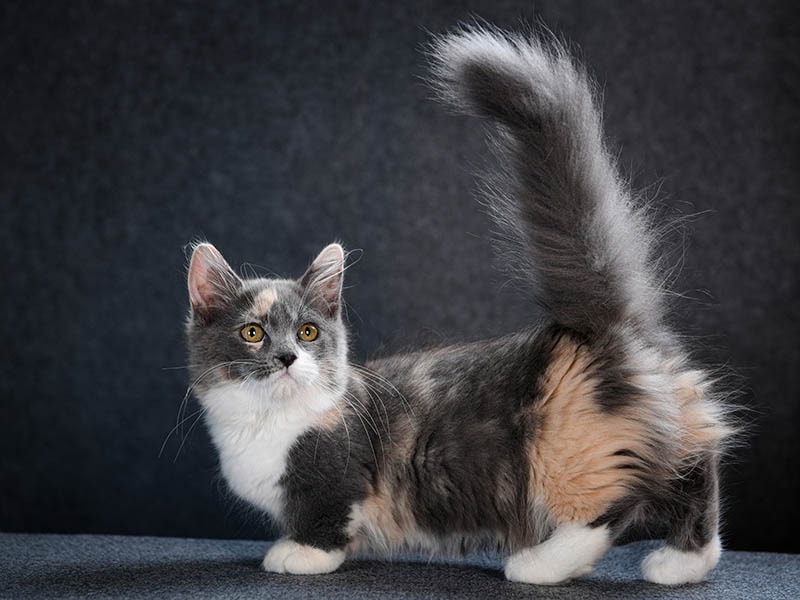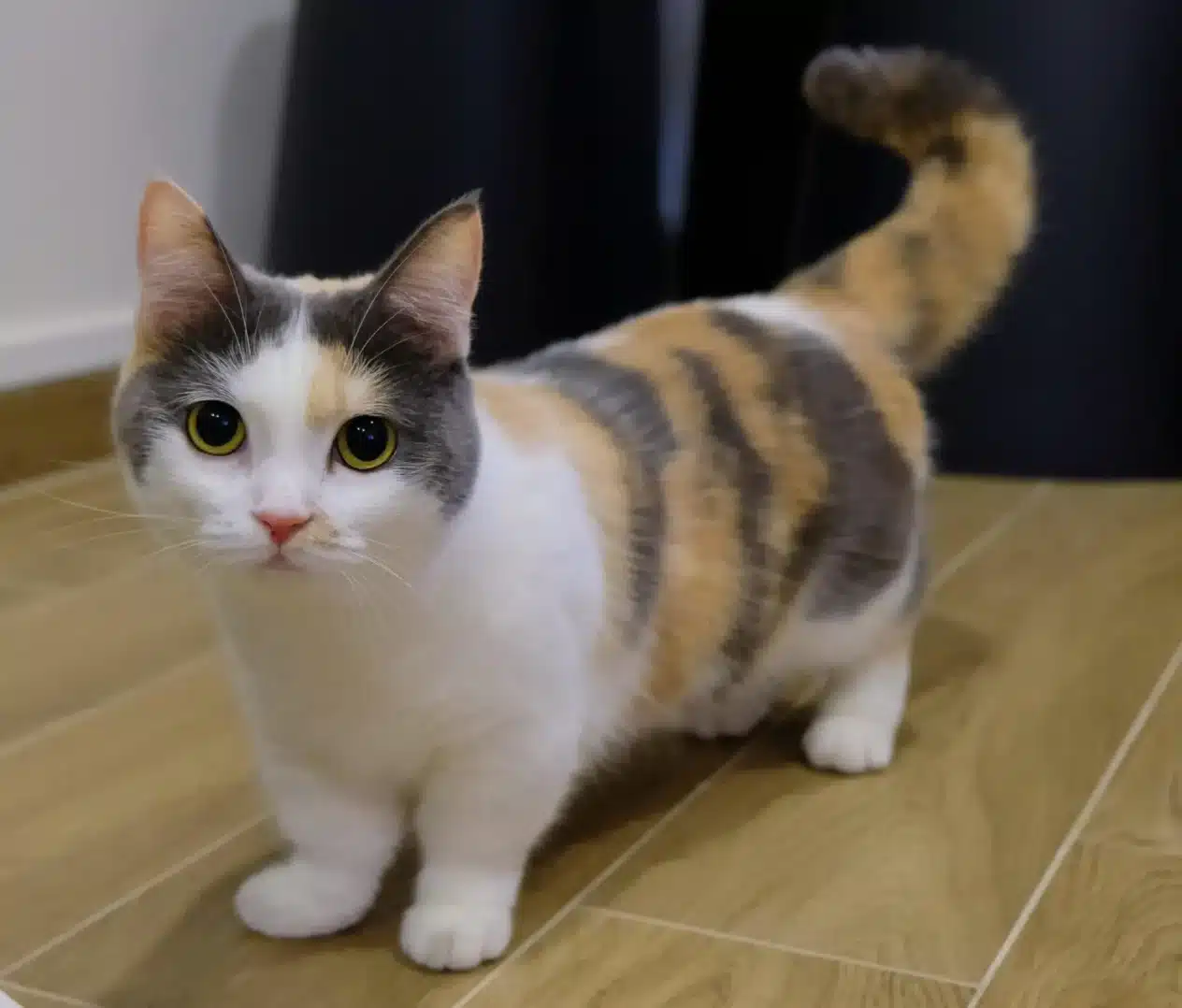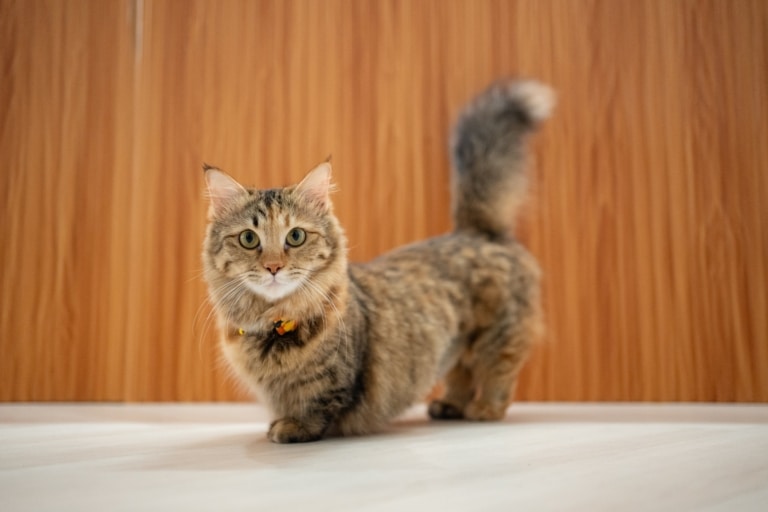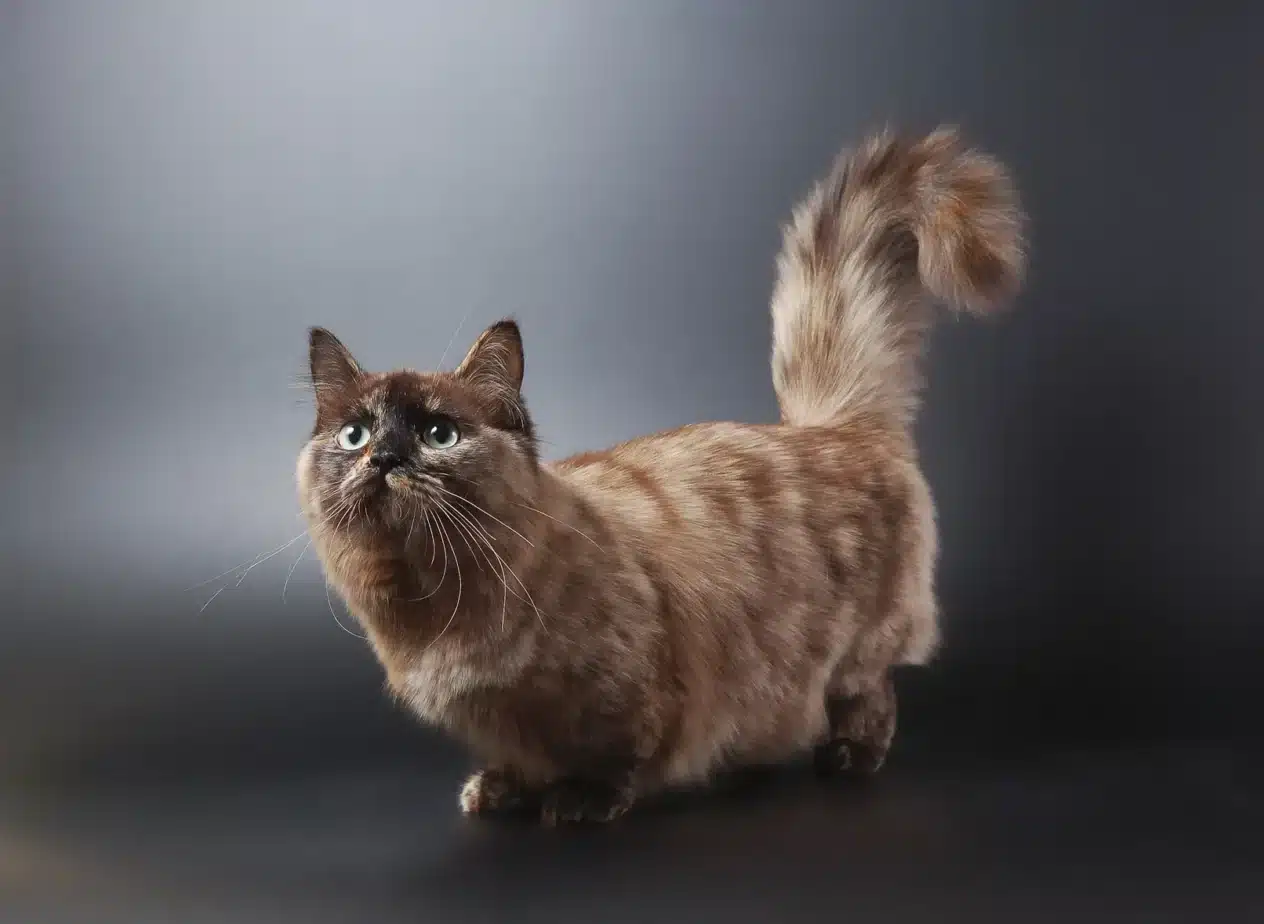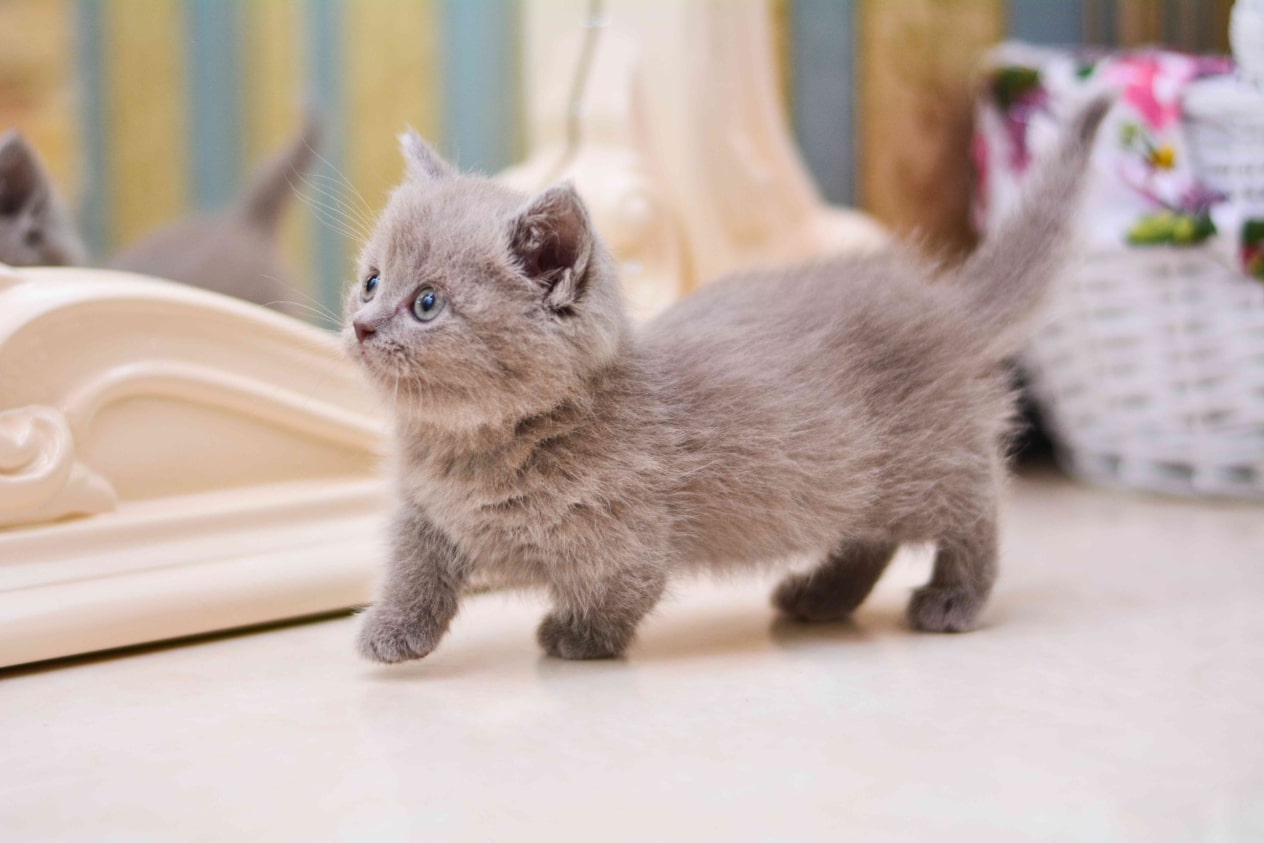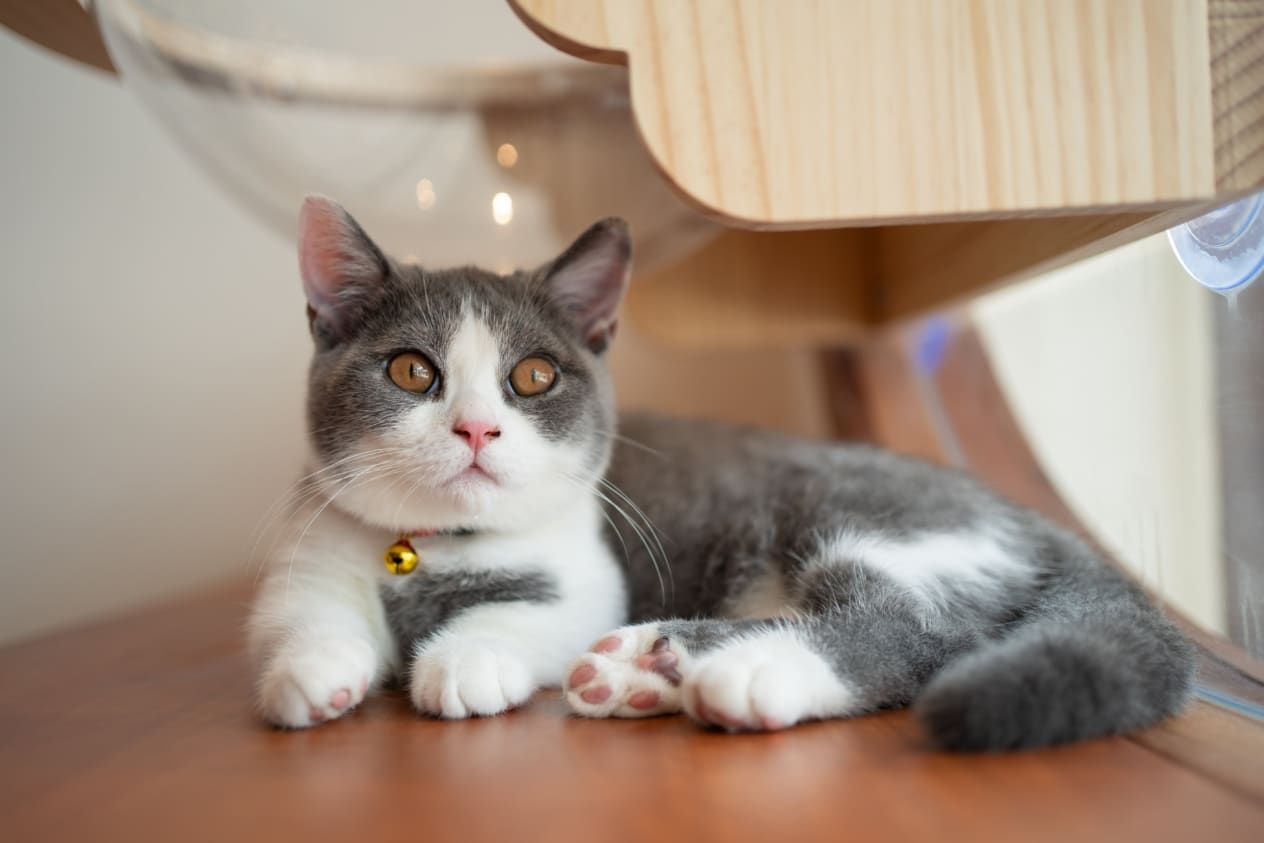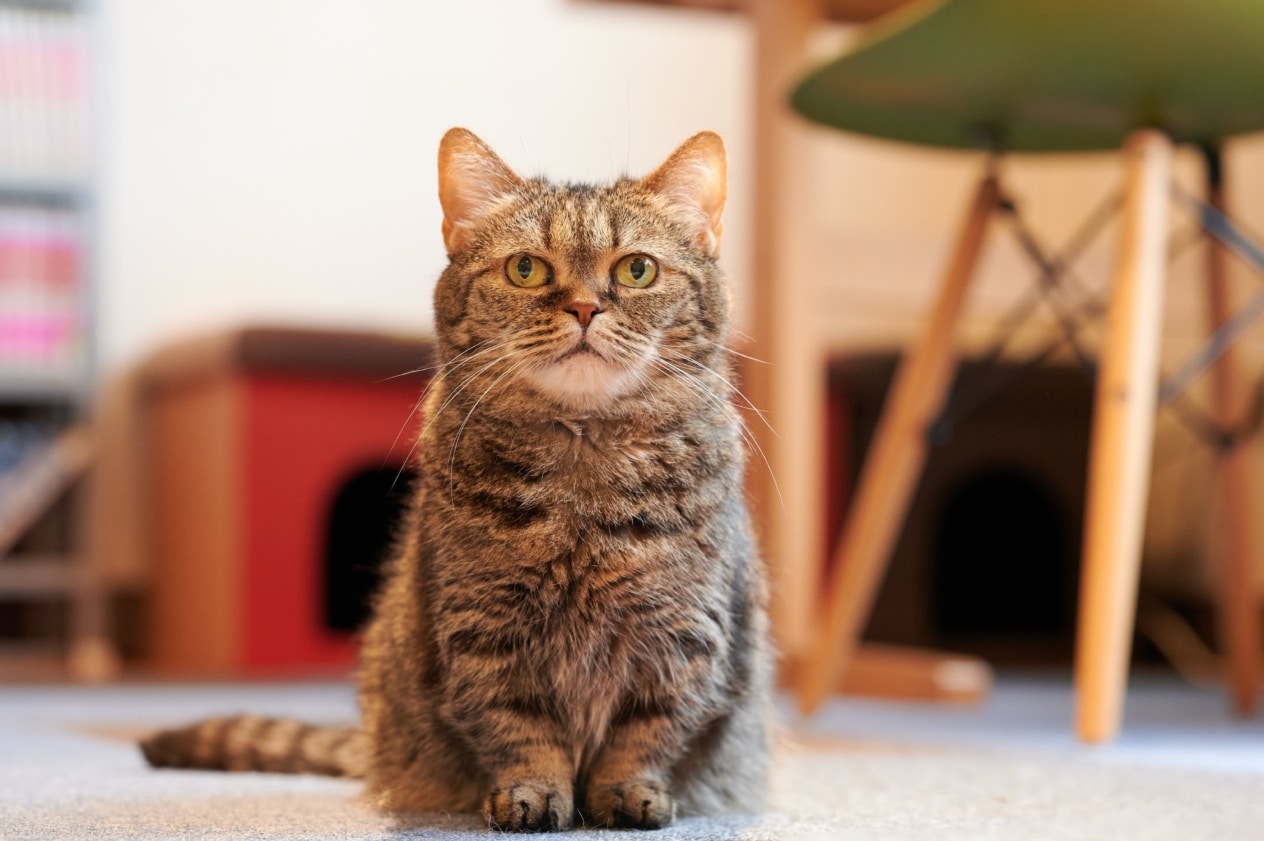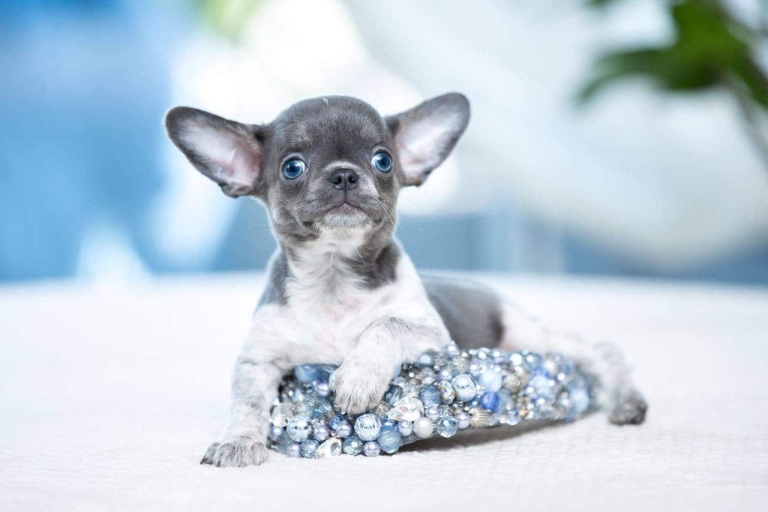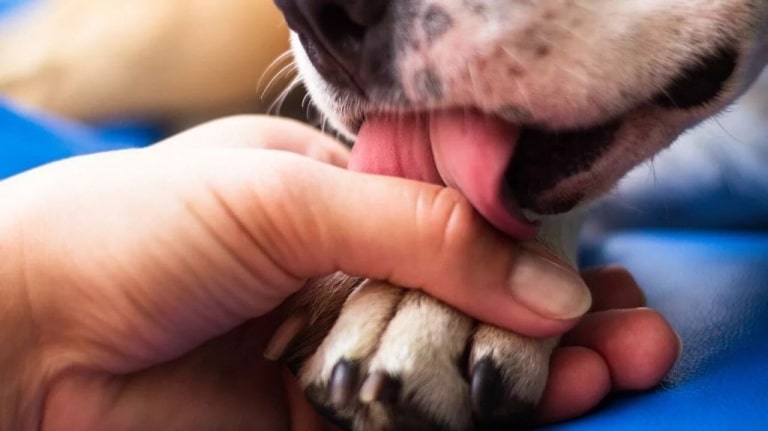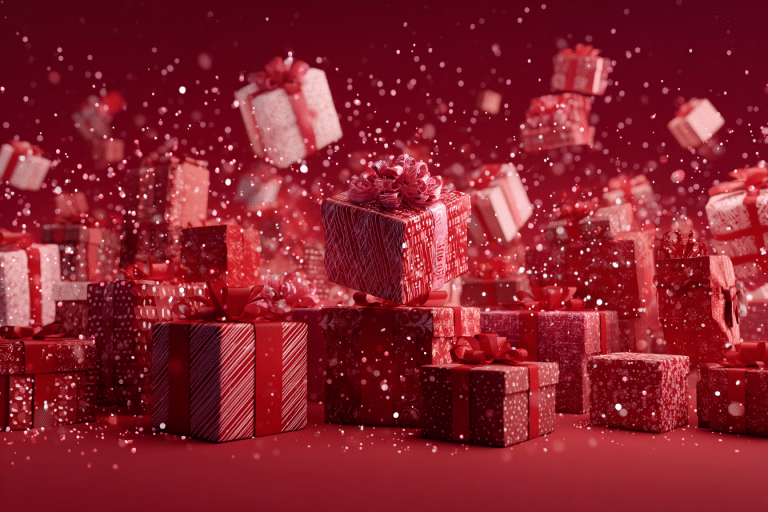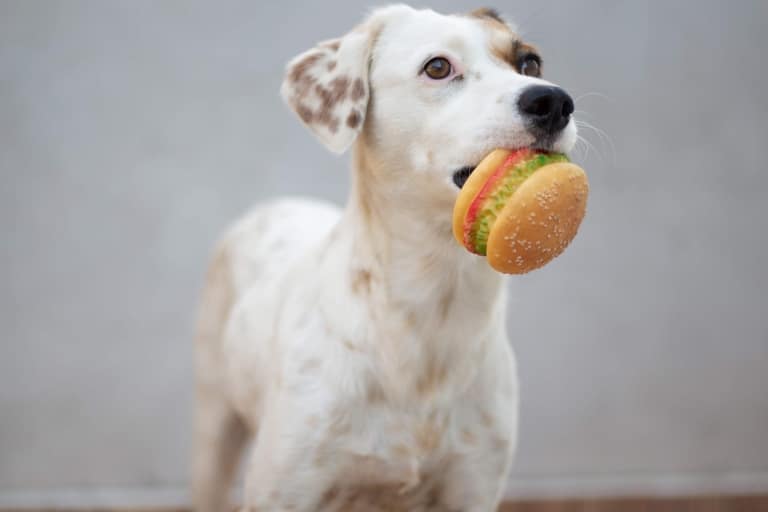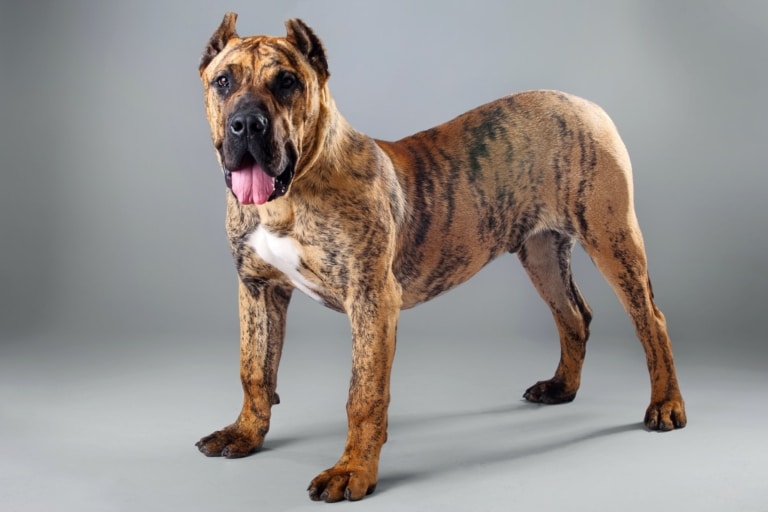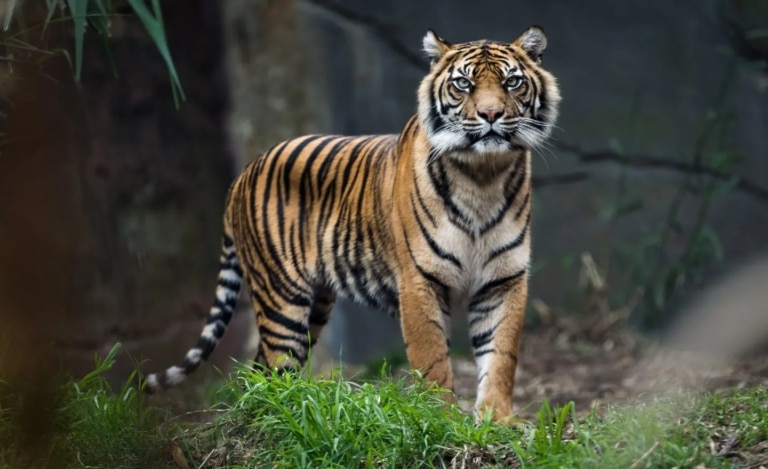Features of the Munchkin cat breed
Munchkins are one of the most unusual and cute cat breeds, which arose as a result of a natural genetic mutation. Munchkins were first noticed in the United States in the 1980s, when people in the state of Louisiana noticed an unusual kitty with very short legs. This mutation is not the result of human intervention, which makes the breed particularly unique.
The external calling card of munchkins is, of course, their cute short paws. Because of this body structure, these cats are often compared to dachshunds. Despite their short legs, munchkins are surprisingly agile and agile. They have a compact body, with rounded lines and soft fur that can be short or semi-long. The average weight of a munchkin – from 2 to 4 kg, and the color of the coat is presented in a wide variety, from classic striped to bright tricolor.
This breed is known for its endurance and adaptability to living conditions, thanks to which munchkins feel great in both large country houses and compact urban apartments.
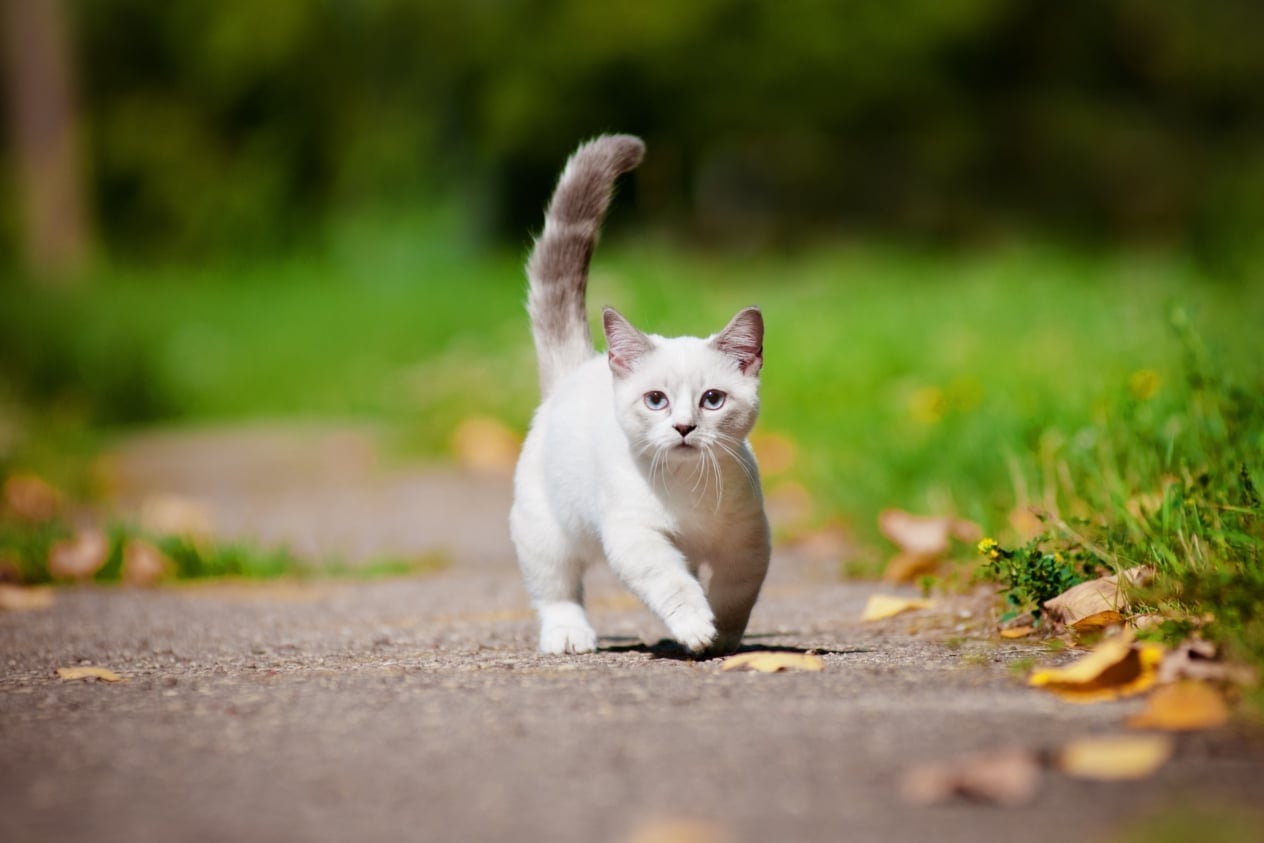
The character of the Munchkins
Despite their diminutive stature, munchkins have a big and kind heart. They are known for being playful, active and extremely interested in the world around them. Their short legs do not prevent them from running fast, jumping and participating in all the household games and fun.
Munchkins are very social and open to communication, adore the attention of their owners and easily find a common language with children and other pets. They are perfect for families with children, because these cats are patient and friendly, rarely show aggression or irritation.
This breed has a gentle and affectionate temperament: Munchkin cats are happy to spend time in the arms of their owners, love to lounge on the couch or sleep next to their favorite people. They are extremely responsive and intuitively feel the mood of the owner, always ready to give their affection, warmth and support. Thanks to these qualities munchkin cat is an excellent companion, creating an atmosphere of warmth, comfort and positive emotions around him.
Care and Munchkin Grooming
Despite their unusual body structure, munchkins are fairly unpretentious to care for. But there are a few important aspects to consider to keep your short-legged friend healthy and happy.
First of all, you should pay attention to the care of the munchkin’s coat. These munchkin kittens can have either short or semi-long hair. Short-haired munchkins will not require much effort: it is enough to comb them once a week to remove dead hairs and keep the coat smooth and shiny. Soft rubber brushes or special combs with thick but not sharp teeth are ideal for this purpose.
If your Munchkin has a semi-long coat, then you need to spend a little more time on grooming. It is recommended that you brush your half-length munchkin two or three times a week to avoid the formation of hairballs. Special attention should be paid to the areas behind the ears, under the front legs and on the belly, as this is the area most likely to develop puddles. Use a liquid metal comb first, followed by a natural bristle brush for final grooming.
Because of their short legs, it can be more difficult for munchkins to groom their bodies thoroughly, so periodic baths will be very helpful. Bathing your munchkin once every 1-2 months is sufficient. Use special shampoos designed for cats with sensitive skin, as munchkin skin is quite delicate. After the bath, it is important to thoroughly dry the cat’s fur, especially if it is semi-long. A soft towel or a hair dryer at low temperatures and minimum airflow speed is suitable for drying.
Eye and ear care should also not be ignored. Munchkin’s eyes should be regularly inspected for discharge, cleaned with a soft cloth or cotton disk soaked in warm boiled water or a special solution for cats. The ears should be cleaned about once every two weeks, using soft cotton disks and special products for cleaning the ears of animals.
It is also worth paying special attention to the claws of the munchkin, because of the short legs of these cats may not always effectively sharpen their claws on their own. Trim the claws about once every two to three weeks with special claw cutters, but be careful not to damage the sensitive area of the claw.
Pros and cons of the Munchkin breed
Among the main advantages of the breed is an extremely kind, sociable and cheerful character. Munchkins are ideal for families with children and other animals, as they easily find a common language and rarely show aggression. Their compact size and adaptability allow them to live comfortably in apartment conditions.
However, there are certain nuances that are also worth considering. Because of their short legs, these cats are not able to jump high, which requires the creation of appropriate conditions for comfortable movement around the house (steps, special low beds or houses). It is also necessary to control the weight of the munchkin, since excess weight can negatively affect the health of the spine and joints. In addition, it is necessary to devote regular time to grooming to avoid problems with the hair.
However, all these features are fully compensated by the charm, friendliness and incredible affection of this amazing breed. Munchkin cat will certainly become your favorite, friend and a source of boundless positivity!
